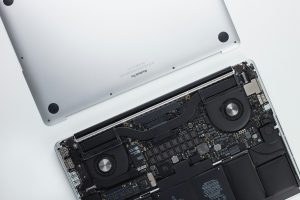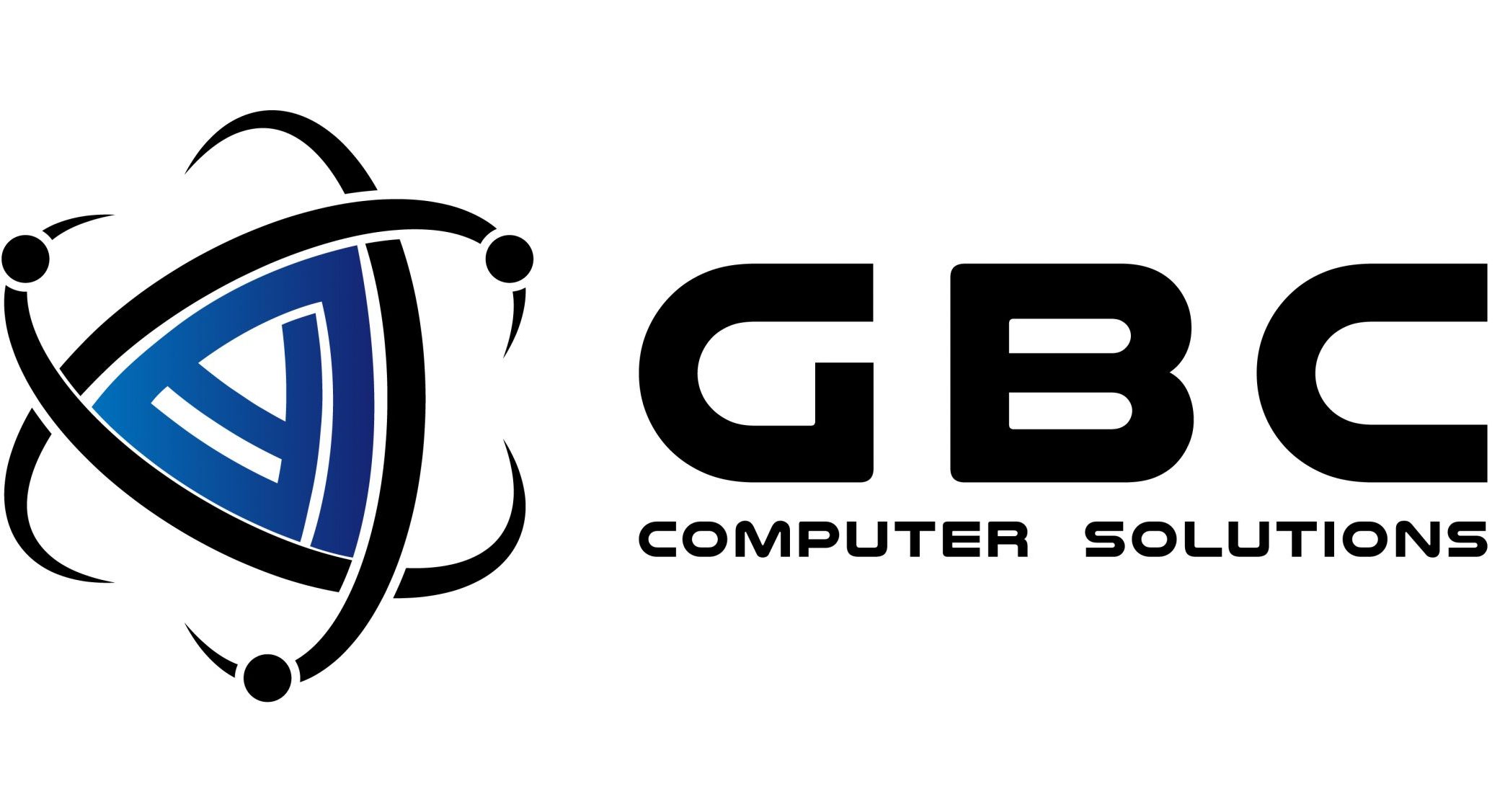Macbook Does not turn on

If your MacBook is not turning on or has no power, it can be a frustrating experience, but there are several troubleshooting steps you can take to determine the cause and potentially fix the issue.
The first thing to check is whether the MacBook has sufficient battery power. Plug it into a power source using the original charger and cable, as sometimes the battery may have drained completely, preventing the device from turning on. If there is no response, try using a different power adapter or cable to rule out any issues with the charger. Additionally, inspect the charging port for dust, debris, or damage that might be obstructing a proper connection. You may want to check with a service specialists like ourselves to get a diagnosis done.
If the MacBook still does not power on, perform a basic reset by holding down the power button for at least 10 seconds to force a shutdown, then press it again to restart the device. In some cases, MacBooks with Silicon (such as M1 or M2 chips) may require a simple power cycle, while older Intel-based models might benefit from resetting the System Management Controller (SMC), which controls power functions. To reset the SMC on an Intel MacBook, shut it down, then press Shift + Control + Option along with the power button for 10 seconds, then release and turn it back on.
If the screen remains black but you hear startup sounds, feel the fans spinning, or see the keyboard backlight turn on, this could indicate a display-related issue rather than a complete system failure. In such cases, connecting an external monitor via HDMI or USB-C can help determine if the problem is with the internal screen.If there are no signs of life at all, the next step is to attempt booting into macOS Recovery Mode, which is done by holding down Command (⌘) + R while turning on the MacBook. This mode allows access to disk utilities, system diagnostics, and macOS reinstallation options, which can be helpful if the issue is related to a corrupted operating system. If macOS Recovery Mode does not load, another possible fix is booting into Safe Mode by holding the Shift key while powering on the device. Safe Mode disables non-essential system extensions and can help troubleshoot software-related issues that might be preventing the MacBook from starting properly. If none of these methods work, there could be a deeper problem with the hardware, such as a failed logic board, defective battery, faulty RAM (in older MacBook models), or internal power distribution issues. Liquid damage, overheating, or physical impact can also lead to internal component failures, making professional repair necessary. If your MacBook recently suffered exposure to water or a strong impact, it is possible that critical parts have been damaged, and immediate service is required to prevent further deterioration.If hardware failure is suspected, taking the MacBook to an Apple Store or an authorized repair provider is often the best course of action. Apple’s diagnostic tools can quickly determine whether the issue is related to the battery, motherboard, or other internal components. If your MacBook is still under warranty or covered by AppleCare+, repairs may be free or offered at a reduced cost, depending on the problem. However, out-of-warranty repairs, especially for major components like the logic board, can be expensive, sometimes making it more economical to purchase a new device instead of repairing an old one. Third-party repair shops may offer more affordable alternatives, but it is important to ensure they use high-quality replacement parts to avoid further complications. If the cost of repair is too high, data recovery options may be considered before replacing the MacBook entirely. For users who experience frequent power-related issues, preventative measures such as keeping the device in a cool, well-ventilated environment, using the correct power adapter, avoiding extreme battery drain, and performing regular macOS updates can help maintain long-term system stability. In cases where a MacBook unexpectedly shuts down and refuses to turn back on, quick action is essential, as ignoring potential warning signs could lead to further complications. By following these troubleshooting steps and seeking professional help when necessary, you can diagnose and potentially resolve power issues, ensuring that your MacBook remains functional and reliable
